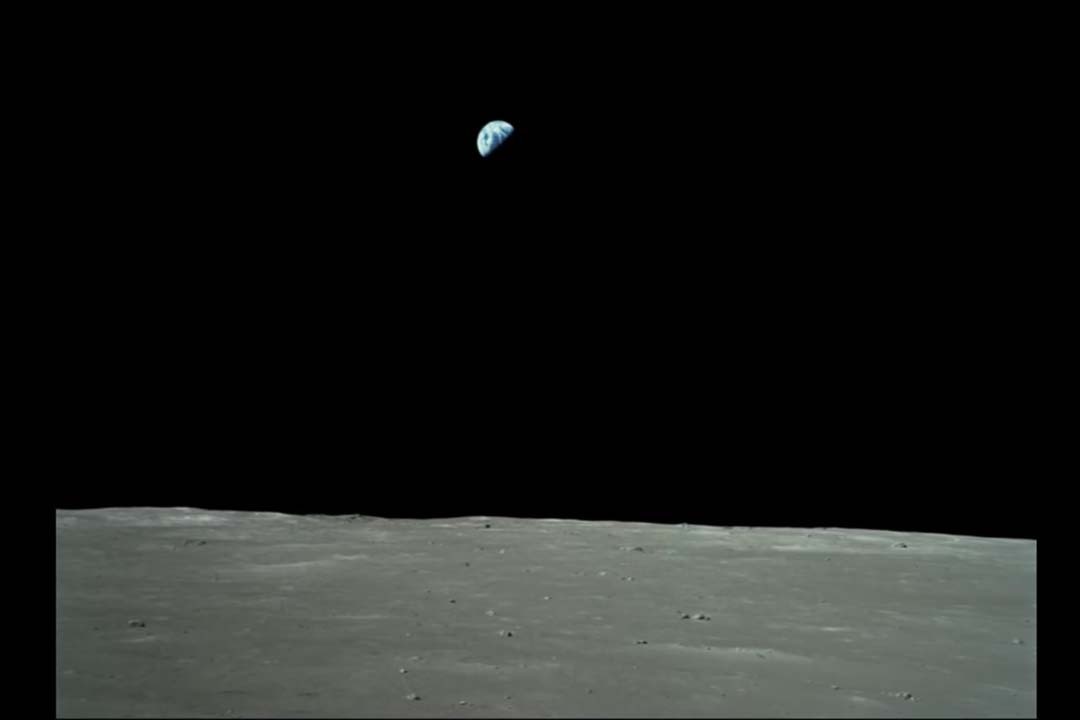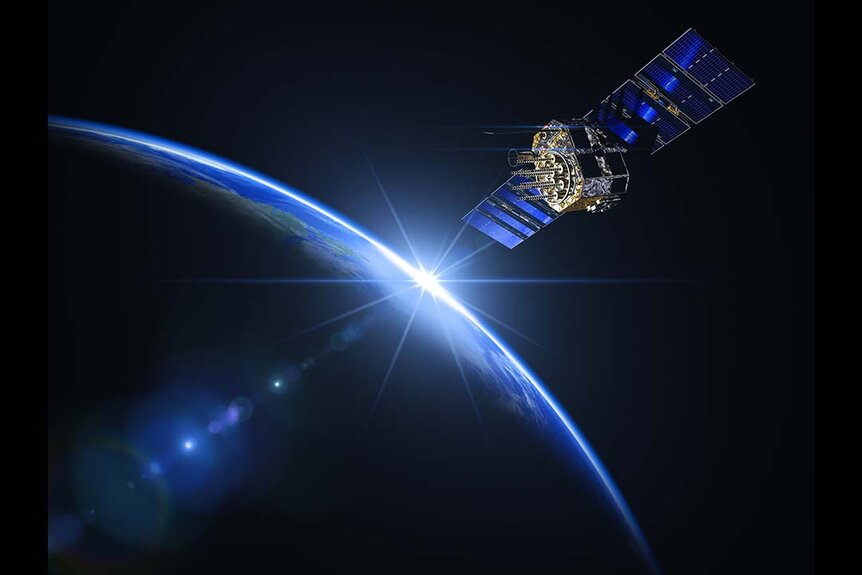Create a free profile to get unlimited access to exclusive videos, sweepstakes, and more!
The next generation of lunar astronauts will have GPS on their way to the Moon
Are we there yet?

Half a century ago, humanity sent the last of its lunar explorers to the Moon in Apollo 17, and they did it without the benefit of modern computers or navigation systems. If you stop to think about what those scientists and astronauts accomplished with duct tape and bubblegum, it’s equal parts awe-inspiring and horrifying, and you can see it up close in The Last Man on the Moon, now streaming on Peacock.
Consider what goes into getting to the Moon. On Earth, getting around is easier than ever, at least if you have a smartphone and a network connection. You’re never more than a click away from a digital map of the planet with your precise location and the locations of anywhere you might want to go. What’s more, with the exception of food trucks and pop-up shops, things on Earth more or less stay in the same place. In space there is no GPS, and the destinations don’t stand still. Navigating on Earth is like paint by numbers, while navigating in space is like painting in the dark, blindfolded, and the canvas keeps moving.
Plug in almost anywhere you want to go on Earth and your phone will spit out one or more possible paths to your chosen destination. But that only works within a thin sphere around the planet. An array of global positioning satellites work together to triangulate your position within a few meters, which is usually good enough to get you to the grocery store without driving into a ditch.
RELATED: Splashdown: Orion returns safely from the Moon! What's next for NASA's ambitious Artemis program?
Those satellites hang out in geosynchronous orbit about 20,000 kilometers above the Earth’s surface. That’s pretty far up, about 50 times higher than the orbit of the International Space Station. In fact, the ISS even uses Earth’s GPS array to get velocity, time reference, and altitude data. The same satellites which give you directions to the movie theater are among the most important navigation tools astronauts and cosmonauts have.
They work great if you want to know where you are in low or medium Earth orbit, but we’re looking to send folks back to the Moon, a destination roughly 20 times the distance of our GPS array. From that perspective, the Moon is way off the map. As the Artemis program continues, following a successful first mission, with a goal of sending humans back to the Moon in the next few years, spacefarers have their eyes on a more robust GPS system for navigating more distant cosmic waters.
NASA and ESA are working together on a couple of different options for filling in the blank spaces on the map between here and the Moon. One of those strategies is the NaviMoon instrument, which is planned to launch along with the Lunar Pathfinder sometime in 2025 or 2026, right around the time the Artemis program will be ramping up lunar activities.
RELATED: Behold Artemis 1's liftoff in stunning slow motion, and the melted launch pad it left behind
If it works as planned, it will extend GPS to the Moon with an accuracy of about 100 meters. That’s about an order of magnitude less accurate than what we have on Earth, but it’s way better than what astronauts and engineers are working with today.
"In principle this could mean that future missions could navigate themselves to the Moon autonomously using satellite navigation signals alone with no help from the ground," said ESA navigation engineer Pietro Giordano, in a statement.
Because our GPS satellites are all pointed at the Earth, NaviMoon will have to pick up weaker side lobe signals which have attenuated over a quarter million miles of space. They were weaker than the primary signals to start with, and weakened further still by the time they reach the Moon. NaviMoon will, hopefully, build on previous work from NASA’s Magnetospheric Multiscale Mission (MMS) which broke the record for the most distant use of Earth’s GPS system, at 187,000 kilometers from Earth, roughly half the distance to the Moon. At those distances, the primary constraint is the strength of your receiver, and NaviMoon’s will be very good.
Eugene Cernan was the last human being to walk on the Moon when he flew Apollo 17 in 1972, and he did it the old fashioned way. Find out how, in The Last Man on the Moon, now streaming on Peacock.



























